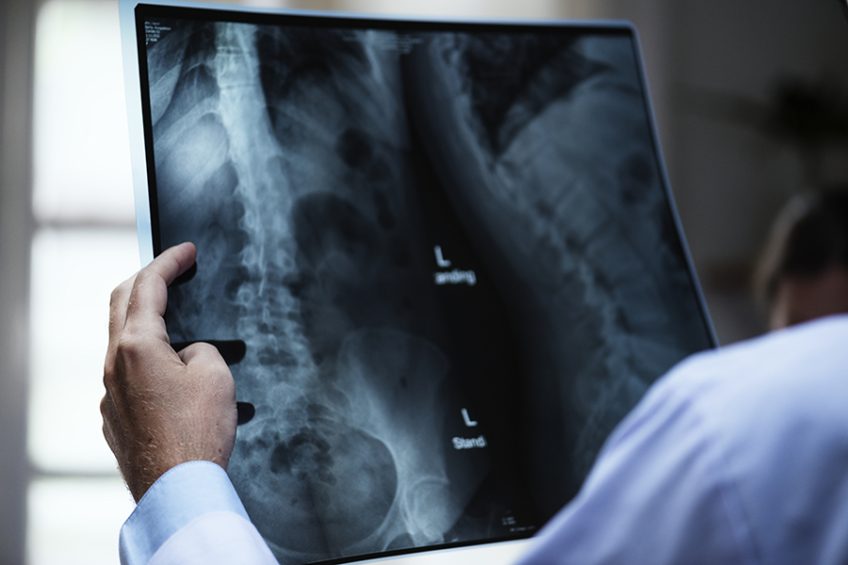The spine is a vital part of the human body, has the role of supporting the body and protecting the spinal cord, has a unique structure that allows a certain degree of movement without endangering the spinal cord.
The spine performs the following functions:
- support function (supports the torso by giving the individual a characteristic posture)
- protective function (protects the spinal cord against mechanical aggression)
- mobility function (gives the body the opportunity to move and move in space)
- morphological function (the peculiarities of the mechanics of the spine are reflected on the shape and placement of the thoraco-abdominal viscera)
The spine consists of:
- hard bone component (vertebrae that make up the spine)
- muscle component (spine muscles)
- neuro-vascular component (spinal cord, nerve roots, blood vessels)
CONTENT:
Hyperkyphosis
It is an exaggerated curvature of the thoracic spine. It is presented as a functional deformity that affects people who work for long periods of time sitting on chairs that are not ergonomic. This causes:
- pain
- fatigue
- sensitivity
- chest pain in very severe and advanced cases.
Stiff Neck
It occurs when the cervical nerves become inflamed and manifest as a painful, sometimes high-intensity, lateto-cervical onset.
The most common causes are adopting inappropriate positions accompanied by physical exertion when employees work or excessive exposure to cold, cold air currents. They sit in a position that does not allow the neck muscles to relax.
Cervicalgia
It is a pain that has its origin, in most cases, in the cervical spine, when the position is incorrect and forced for a long time. This condition can also be caused by excessive physical exertion. It manifests through :
- tingling;
- weakness;
- loss of mobility;
- headaches;
- dizziness;
- lack of balance;
- sometimes it can radiate to the shoulder.
Scoliosis
It is the disease in which the spine has a lateral curve, instead of being straight. The curve can be S or C and can evolve over time. Many people have a certain degree of deviation of the spine, and the curves of the spine less than 10 degrees are considered normal deviations of the spine.
Minor to moderate scoliosis may not cause pain, while severe scoliosis may affect breathing, heart, digestive system and especially cause pain.
According to some studies, scoliosis affects over 3% of the world’s population. It usually occurs in young people between the ages of 10 and 20, but also in the elderly.
Back pain
It is an intense pain in the dorsal region of the spine. It usually occurs in people who work long hours in the office or do not use an ergonomic chair. This is usually confused with a simple back pain, which can spread to the ribs or sternum.
Herniated Disk
Herniated disk is an increasingly common disease, it is a neurological condition characterized by sliding of the nucleus pulposus along the spinal cord and spine, which clinically translates into very severe back pain.
It can be the result of trauma to the spine, thus developing cracks in the outer layer of the disc. The gelatinous material inside the disc can be pushed out or it can break into pieces.
Symptoms:
- Very severe pain can usually go down the leg
weakness, tingling, numbness (then with herniated disc also involves nerve damage) - if the hernia occurs in the neck, pain and numbness will occur in the shoulders, arms or chest
- if the hernia is localized at the lumbar level, lumbosciatica appears
Herniated disk can occur at any level of the spine but the most common are lumbar and cervical


